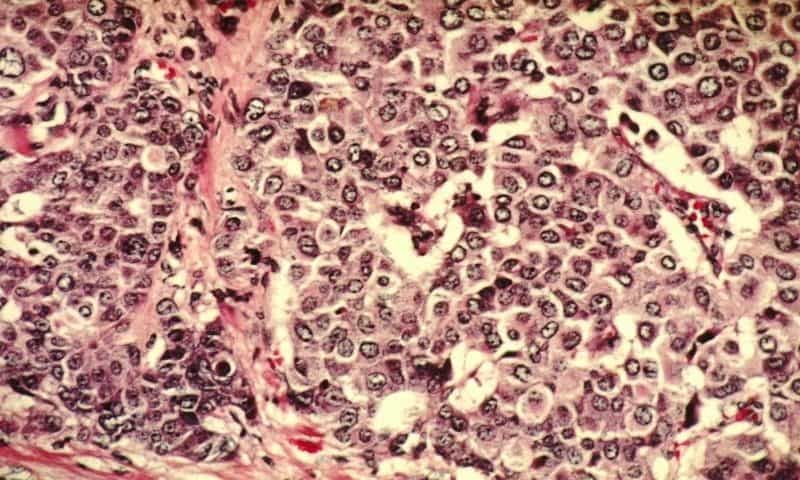There are now myriad drugs that attack cancer by targeting gene mutations in tumors, but they don’t always work, and patients often become resistant to them. To help address those shortcomings, a team of University of California researchers decided to look beyond individual genes for fresh insights into the underlying forces of cancer.
Those researchers, from UC San Diego (UCSD) and UC San Francisco (UCSF), focused in on the proteins that mutated genes produce. They mapped protein-protein interactions (PPIs), uncovering previously unrecognized mutations they believe could drive cancer metastasis, they reported in a collection of studies published in Science.
The research came out of the Cancer Cell Map Initiative, a partnership established in 2015 by UCSD and UCSF aimed at using advanced mapping and computational technologies to study head and neck squamous cell carcinoma and breast cancer. But the new findings could prove applicable to many other tumor types, the researchers reported.
Genes produce proteins that carry out important jobs in the body, including repairing DNA. When mutations result in misshaped proteins and DNA can’t be repaired, cancer can result. Diagnostic tests can identify biomarkers of mutated genes and point oncologists to drugs that target those mutations.
“The problem is that we’ve only found a few genes that we can work with in this way to help guide prescription of an FDA-approved drug,” said co-author Trey Ideker, Ph.D., professor at the UCSD School of Medicine, in a statement. “Our studies provide a new definition of biomarkers based not on single genes or proteins but on the large, multi-protein complexes.”
In one study, the researchers looked at PPIs in head and neck squamous cell carcinoma and found 771 interactions in cancerous and noncancerous cells, 84% of which had not previously been reported. They focused in on the commonly mutated PI3K pathway and discovered that some protein interactions could predict drug response.
A second study focusing on breast cancer uncovered two proteins related to the well-known gene BRCA1 and two that drive the gene PIK3CA, as well as several interactions that could inform treatment strategies. For example, they discovered that the protein produced by the gene UBE2N interacts with BRCA1 and could serve as a biomarker of response to PARP inhibitors. The PARP inhibitors Lynparza from Merck and AstraZeneca and Talzenna from Pfizer are currently used to treat breast cancer, and more are under development.
The detailed insights into PPIs that emerged from the cancer maps not only help explain disparities in the effectiveness of cancer drugs, but they could also lead to new targets, the researchers said. “We can do such damage to cancer,” said co-author Nevan Krogan, Ph.D., director of UCSF’s Quantitative Biosciences Institute, in the statement.
The Cancer Cell Map Initiative is one of several efforts to drive new insights into the development and spread of cancer. UCSF also contributed to a study earlier this year that used the gene-editing technology CRISPR to uncover some genes that promote cancer metastasis and others that suppress it.
In another study, a multinational team mapped glioblastoma cells from 99 tumors, revealing several potential drug targets. They included PTPN11 and PLCG1, which the scientists identified as protein signaling hubs that promote tumor growth.
The UCSF and UCSD researchers believe studying protein interactions could prove useful beyond cancer. They’re now planning studies in brain disorders and infectious diseases, they said.

